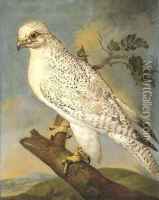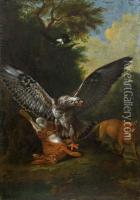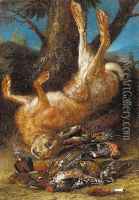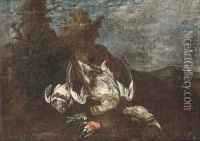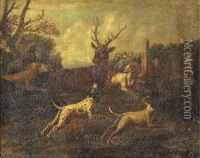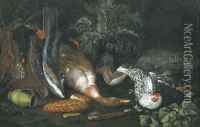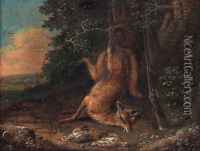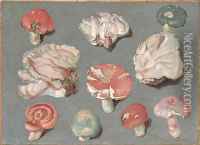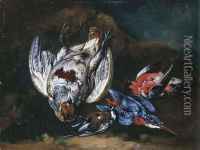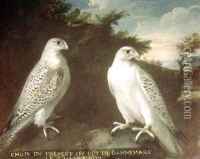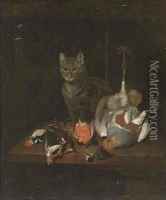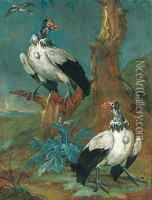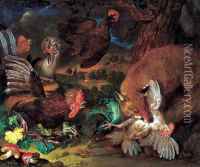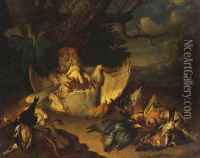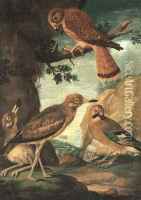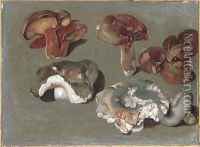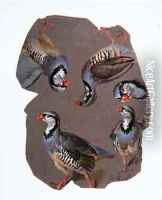Ferdinand Phillip de Hamilton Paintings
Ferdinand Phillip de Hamilton (also known as Ferdinand Philippe de Hamilton or Philips Ferdinand de Hamilton) was a Flemish painter who was born around 1603. Despite the scarcity of records about his early life, it is believed that he was born into the de Hamilton family, which was of Scottish origin but settled in the Southern Netherlands (present-day Belgium).
Hamilton's artistic journey began in his homeland, where he was likely influenced by the flourishing Baroque art scene, characterized by dramatic expression, rich coloration, and bold contrast. He specialized in still life paintings, particularly those depicting flowers and fruit, which were highly popular in the 17th century. His works are noted for their meticulous detail, vibrant colors, and the ability to capture the texture and delicacy of the subjects.
Living during the period when the Habsburg Netherlands were undergoing significant political and cultural changes, Ferdinand Phillip de Hamilton was part of an era that saw the rise of Antwerp as a major art center. His artwork was part of the larger Flemish Baroque tradition, which included artists such as Peter Paul Rubens and Anthony van Dyck.
Although less known than these contemporaries, Hamilton made a name for himself through his craftsmanship and the high quality of his paintings. He worked for various distinguished patrons, and his pieces were collected by art connoisseurs across Europe. Unfortunately, because he was less prominent than other artists of his time, not much is documented about his personal life or his artistic training.
Ferdinand Phillip de Hamilton passed away in 1678. Today, his works can be found in various art collections and serve as fine examples of Flemish Baroque still life painting. They continue to be studied and appreciated for their beauty and historical value in the context of European art history.
